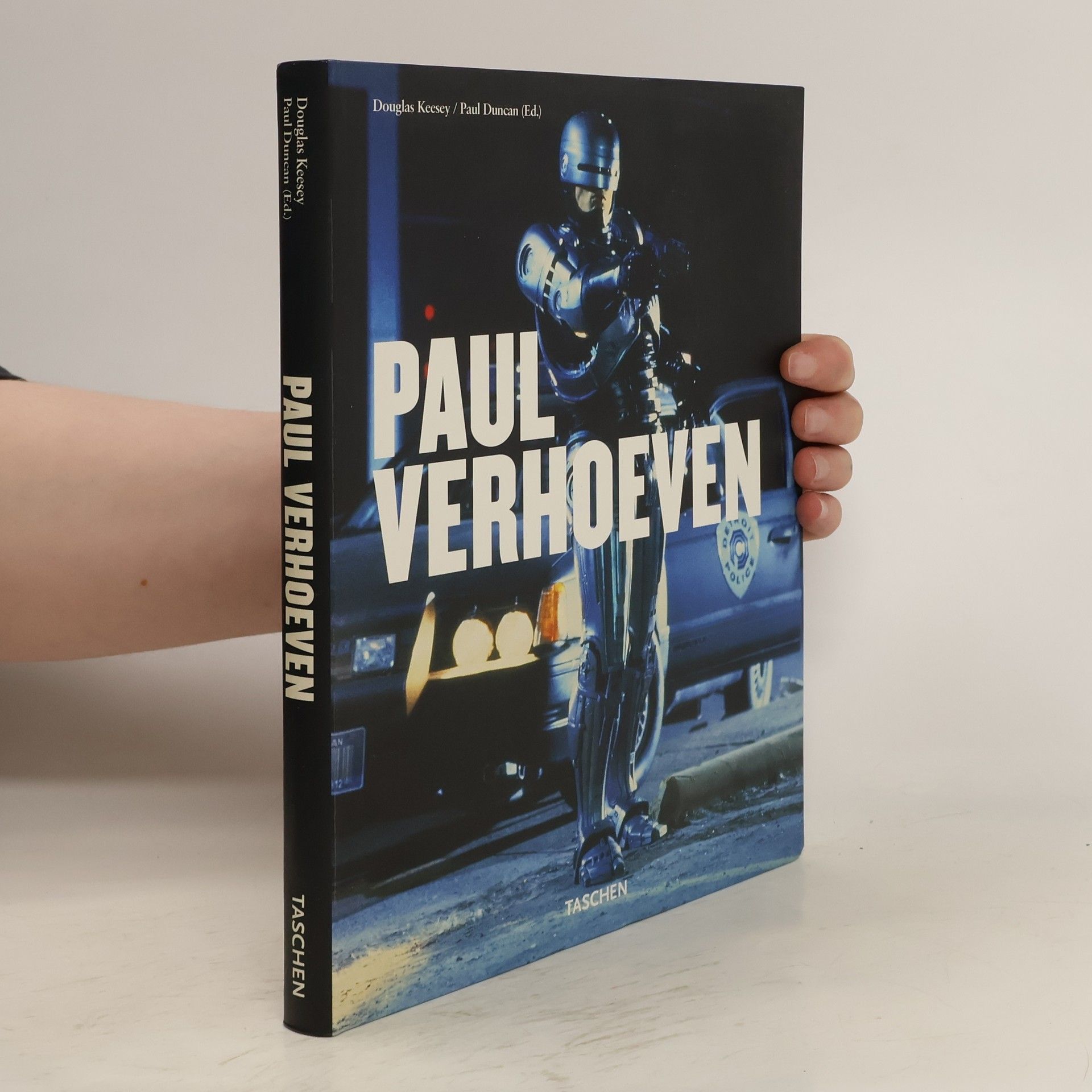Douglas Keesey Book order




- 2007
- 2006
Eastwood
- 192 pages
- 7 hours of reading
Clint Eastwood ist eine lebende Legende – er spielte in 44 Filmen und führte bei 27 Regie. Dieses Buch zeichnet seine Entwicklung nach – vom mysteriösen Westernhelden, den er in Werken wie der Dollars-Trilogie, Ein Fremder ohne Namen, Pale Rider und Erbarmungslos verkörperte, bis zum einzelgängerischen Cop und angeschlagenen Macho wie in den Dirty Harry-Filmen, Der Mann, der niemals aufgibt, Der Wolf hetzt die Meute, Heartbreak Ridge und In the Line of Fire. Clintwood überraschte seine Fans auch mit untypischen Rollen in Komödien (Der Mann aus San Fernando), Abenteuerfilmen (Weißer Jäger, schwarzes Herz) sowie Romanzen (Die Brücken am Fluss). Und natürlich wäre ein Buch über Eastwood nicht vollständig ohne einen Hinweis auf seine besten Filme als Regisseur – darunter Bird, Mystic River, Million Dollar Baby und Flags of Our Fathers. Alle Stars der ersten 20 Bücher wurden von mehr als 7500 TASCHEN-Lesern in einer Online-Unfrage gewählt! Die Serie Hollywood-Ikonen: Viele Menschen reden über den Glamour Hollywoods, über Studios, die mehr Stars und Sternchen als der Himmel besaßen, über Schauspieler, die nicht einfach nur Schauspieler, sondern Ikonen waren. Ja, viele Menschen reden über solche Dinge – TASCHEN zeigt sie Ihnen. Hollywood-Ikonen ist eine Serie von Bildbänden, die die berühmtesten Akteure in der Geschichte des Kinos präsentieren; jeder einzelne umfasst 192 Seiten und ist eine visuelle Biografie.
- 2005
Paul Verhoeven
- 192 pages
- 7 hours of reading
Known for always pushing the envelope when it comes to showing sex and violence on screen, Paul Verhoeven has directed controversial films in several genres, including the erotic thriller (Basic Instinct), melodrama (Showgirls) and science fiction (RoboCop, Total Recall, Starship Troopers, Hollow Man). However, even before going to Hollywood, Verhoeven had been a succ's de scandale in his native Netherlands, where he directed a war saga (Soldier of Orange), a medieval epic (Flesh+Blood), a psychosexual thriller (The Fourth Man) and a sex comedy (Turkish Delight, which was voted Best Dutch Film of the Century at the Netherlands Film Festival). Verhoeven has shown that visceral thrills can be thought provoking, challenging our received notions of heroism, patriotism, and eroticism. He has created some of the most courageous and contentious films of recent years. Made with full access to Paul Verhoeven's archives!
- 2005
Erotic cinema
- 192 pages
- 7 hours of reading
?Sexuality is limited by taboos and the domain of eroticism is that of the transgression of these taboos.? Georges Bataille Since the first kiss recorded on film in 1896, erotic moving images have stimulated viewers and outraged public bodies. This book explores the meaning of eroticism and gives an overview of sex on the big screen by exploring different forms of sexual behavior or taboo-breaking in film. Included are intimate looks at ten of the most erotic movies ever including Last Tango in Paris, Betty Blue, In the Realm of the Senses, Romance, Law of Desire, Kids, Basic Instinct, Crash, The Night Porter and Y Tu Mama Tambien. Coverage includes erotic films from the silent era, pre-Code Hollywood, film noir, cheesecake and beefcake, the international art cinema, softcore and hardcore X-rated films, gay, lesbian, and New Queer Cinema, and the latest trend toward real sex in independent and art films.